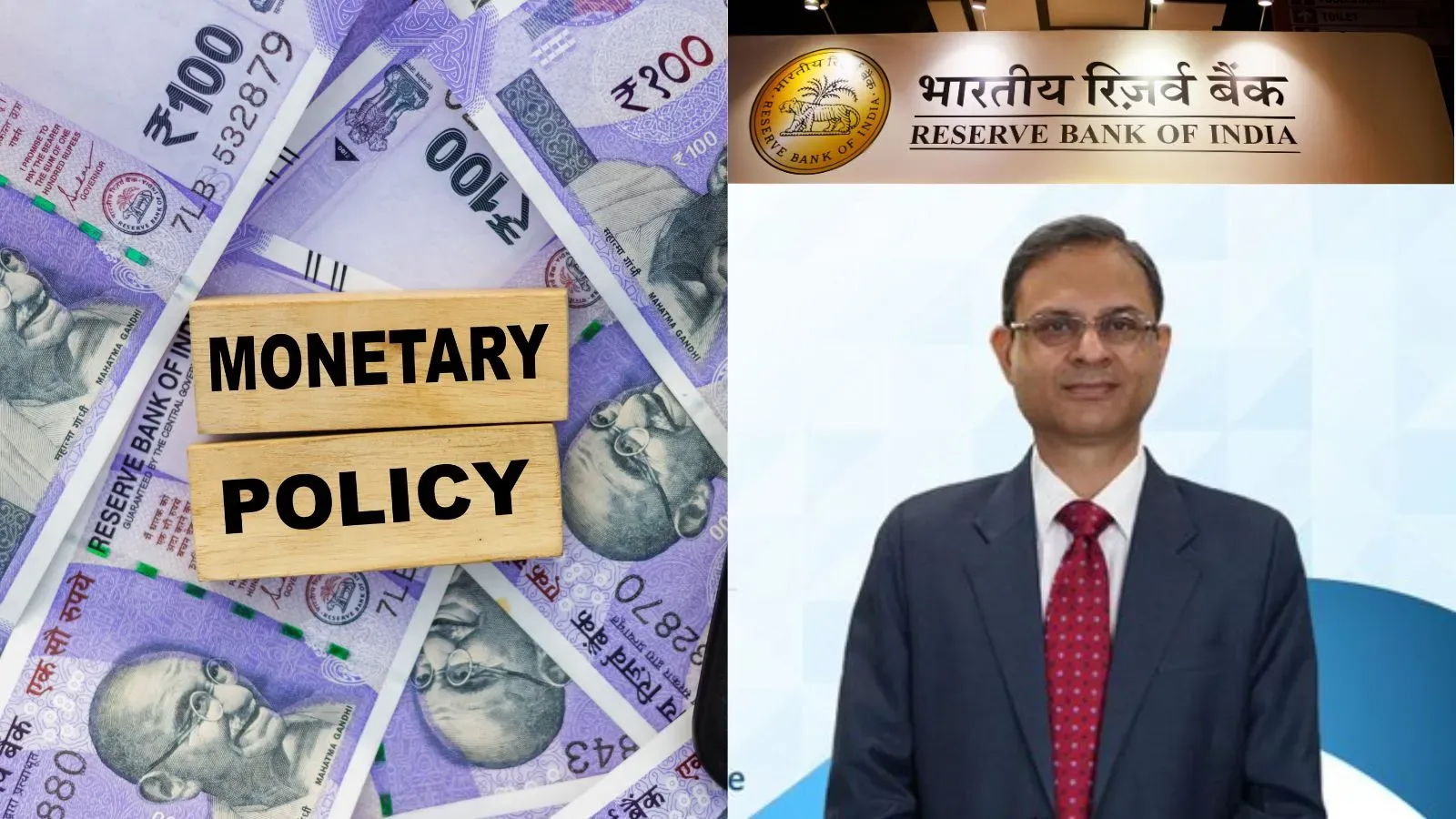Business News
SEBI proposes big changes in SME IPOs: ₹2 lakh entry barrier, 'draw of lots' for NIIs

4 min read | Updated on November 20, 2024, 11:11 IST
SUMMARY
SEBI's key proposals for SME IPOs include increasing the minimum application size to ₹2 lakh, introducing a "draw of lots" system for oversubscription, limiting offer-for-sale components, and stricter lock-in periods for promoters.

SEBI proposes sweeping changes to SME IPO framework, focusing on transparency, investor protection, and market stability.
The Securities and Exchange Board of India (SEBI) on Tuesday proposed a series of reforms to strengthen the regulatory framework for SME initial public offerings (IPOs), including setting a minimum issue size, doubling the minimum application size and introducing a "draw of lots" system for non-institutional investors (NIIs).
In a consultation paper, the SEBI proposed raising the minimum application size in SME IPOs from ₹1 lakh to ₹2 lakh to ensure only informed investors with a higher risk appetite apply for it.
The market regulator also invited public opinion on whether the threshold should be moved up to ₹4 lakh, which would eliminate the retail investor category and reallocate reservations to non-institutional investors (NIIs).
The proposals follow a significant growth witnessed by SME platforms on the National Stock Exchange (NSE) and Bombay Stock Exchange (BSE). A total of 196 IPOs raised over ₹6,000 crore in FY 2023-24—the highest since their inception. In the current fiscal year, up to October 15, 2024, 159 IPOs have already mobilised ₹5,700 crore.
Applicant to allotted investor ratio increased from 4X in FY22 to 46X in FY23 and 245X in FY24, according to SEBI.
“Considering increased activity in SME segment, instances of misconduct…, risks relating to siphoning of funds, promoter / investors exiting the company after listing, etc., it is felt that to protect the interest of the investors and market as a whole, there is a need to review SME IPO framework and applicability of corporate governance provisions to SME listed companies so that companies with sound track record make IPO/ raise funds and get listed on stock exchanges and comply with post listing requirements,” the regulator said.
Proposing the minimum application size to be increased from ₹1 lakh per application to ₹2 lakh rupees, SEBI said, a "higher size will limit participation by smaller investors and shall attract investors with risk taking appetite, which will enhance the overall credibility of SME segment."
Sebi also proposed introducing a "draw of lots" system for non-institutional investors (NIIs) in oversubscribed SME IPOs, similar to the retail allotment process in the main-board initial public offerings (IPOs). At present, SME IPOs use proportional allotment for NIIs.
Another proposal includes limiting the Offer-for-Sale (OFS) component in SME IPOs to 20% of the issue size. Also, the selling shareholders will be restricted to offloading not more than 20% of their pre-issue holdings on a fully diluted basis. Currently, there are no restrictions on OFS in SME IPOs.
The regulator suggested increasing the minimum number of allottees in SME IPOs from 50 to 200 to broaden shareholder base and market participation.
“This increased requirement will also ensure that post listing also there are sizeable number of investors and same shall help in providing liquidity in the market,” it said.
SEBI has proposed reducing the threshold for mandatory appointment of a monitoring agency for SME IPOs from ₹100 crore to ₹20 crore. Additionally, a monitoring agency will be compulsory for certain specific objectives of fund utilisation, such as funding subsidiaries, loan repayments for subsidiaries, joint ventures, or acquisitions.
For issues below ₹20 crore, companies must submit statutory auditor-certified utilization reports along with their half-yearly financial statements. These measures aim to ensure proper use of proceeds and enhance investor confidence.
If a monitoring agency is not appointed, a statutory auditor's certificate will be required to confirm the proper use of the raised funds.
“As per ICDR Regulations, a Credit Rating Agency registered with SEBI can act as monitoring agency. They will be able to track the utilization proceeds and shall submit a report periodically (six months) which can be duly examined by the Audit Committee and Board of the company,” the regulator added.
SEBI suggested extending the lock-in period for the minimum promoter contribution (MPC) from three years to five years. Furthermore, promoter holdings exceeding the MPC will have a phased lock-in: 50% released after one year and the remaining 50% released after two years.
Promoter lock-in will remain applicable as long as the company is listed on the SME platform, with the provisions reset upon migration to the main board.
“The suggestion will ensure that the Promoter does not liquidate their entire holdings post release of lock in period thereby ensure sustainability and stability of company’s operations,” SEBI said.
A proposal has been made to set additional eligibility conditions for issuers making SME IPOs. It has been proposed that an issuer should only be allowed to launch an IPO if the issue size exceeds Rs 10 crore.
Additionally, the issuer should have an operating profit (EBIT) of at least Rs 3 crore in 2 out of the 3 financial years preceding the application.
By signing up you agree to Upstox’s Terms & Conditions
About The Author
Next Story

